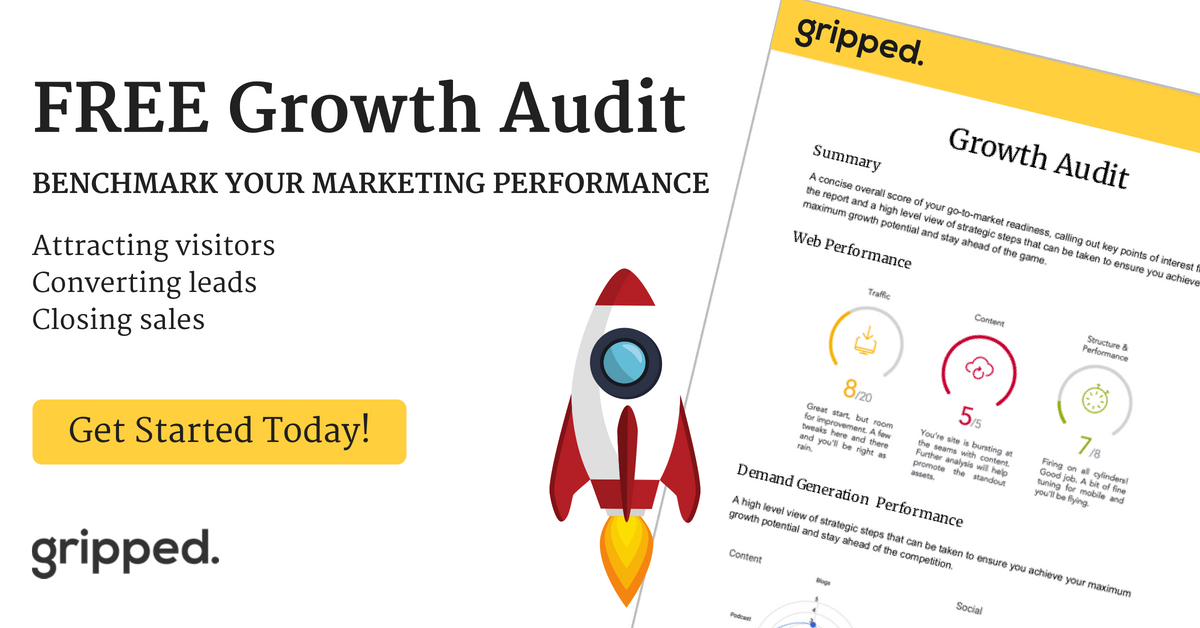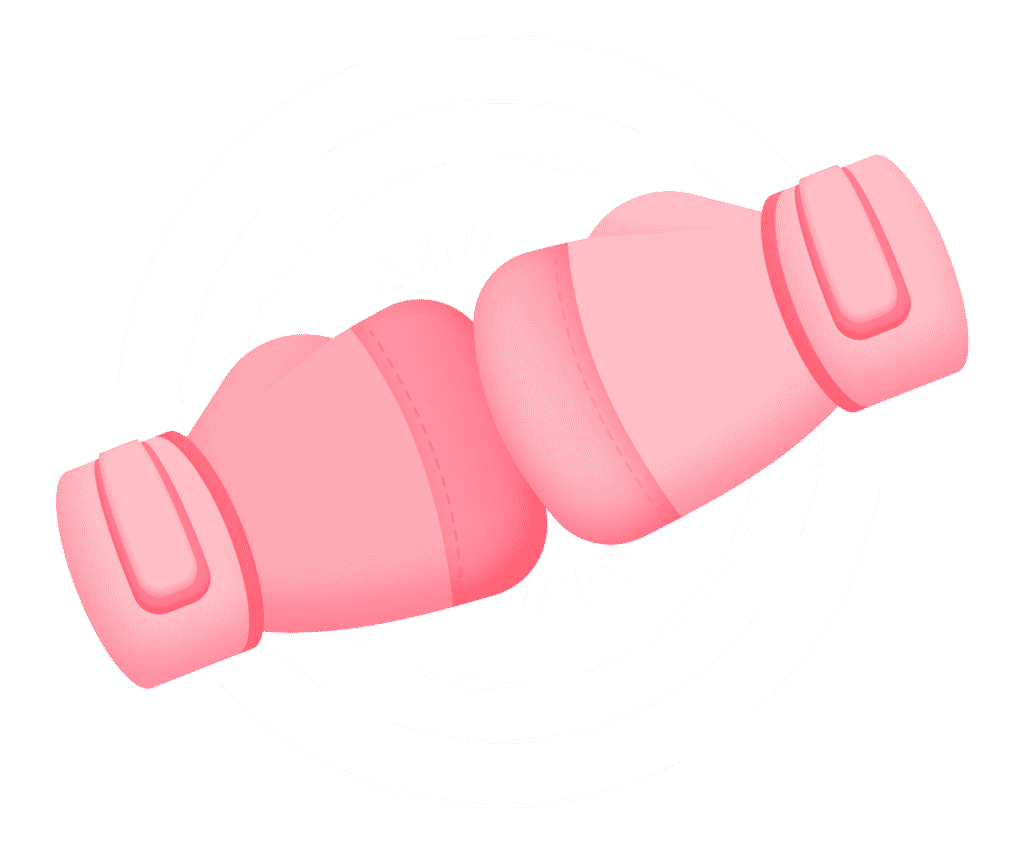How to Use Sales Methodologies To Improve Sales Outcomes

Sales methodologies sit at the core of your sales strategy. Approach your target market audience with a plan in order to generate leads, turn leads into prospects and prospects into new customers.
Your ‘sales methodology’ is not the same thing as your ‘sales process’. A sales process is the outline of specific actions that your sales team will follow – essentially your ‘sales funnel’. A sales methodology is the framework by which different elements of your sales process are carried out. It is how you interact with potential clients – not when. They are separate, however, they will influence each other.
Here we will focus on methodologies. This will allow you to think about the approaches that are most applicable to your sales process and/or target market audience. Most of these techniques are focused on B2B businesses. You should consider operating multiple methodologies simultaneously. Think about who you are trying to reach and look at that in the context of what has and has not worked.
Inbound vs. Outbound Sales Methodologies
There are two broad categories of sales methodologies: ‘inbound’ and ‘outbound’. Inbound sales methodologies focus on bringing customers to you. Outbound methodologies are about reaching out to engage a prospect in dialogue.
Every sales process should take at least limited advantage of both systems. You need to generate a steady stream of leads and be able to apply the pressure needed to close a deal. The large strategic decision that businesses need to make is determining their emphasis on inbound/outbound investments.
Inbound Sales Methodologies
The two main types of inbound sales methodologies: mass advertising and content marketing.
Inbound Mass Marketing
Mass marketing is what it sounds like — generic advertisements. Traditional advertising methods play a larger role in B2C sales. But, B2B businesses should not discount these brand-building tools. Mass advertising sits appropriately at the top of any sales funnel.
The internet has also provided new avenues of mass marketing that are critical to any inbound campaign. The input and tracking mechanisms of the internet provide companies with options for targeted mass advertising (banner ads) and pay-per-click (PPC) search-based ads. Both tools are best deployed in conjunction with other inbound marketing strategies.
Social Media and SEO
Social media is a subcategory of mass marketing. It can be used organically through personal accounts or with paid advertising placements. The major benefit of social media is that it is quick, easy and repeatable.
Paid placements offer a greater guarantee of getting in front of your target market audience. The added benefit of both paid and organic social media use is that it generates a boost in your SEO (Search Engine Optimisation) ranking. Online ‘activity’ is a factor that contributes to how search algorithms judge your entire network.
SEO covers a wider range of techniques that must be included in all aspects of inbound sales, particularly content marketing. This includes ‘activity’, links, traffic history, keyword strategies and landing pages. Inbound marketing, in particular, benefits from deploying a range of methodologies in a self-supporting web.
- For more information about inbound marketing channels and when they are best used, check this out.
- For a crash course in SEO keywords, look here.
Inbound Content Marketing
Content Marketing takes targeted mass advertising to another level. The idea is to increase the likelihood that your target market audience will encounter your brand by creating content that answers specific questions they are likely to have throughout their sales journey.
89% of B2B buyers research potential suppliers online. They use the internet to educate themselves on potential products and services before engaging with sales teams. You need to identify the information that is relevant to your target market audience and create content (generally in the form of a blog), that answers those questions.
How to Deploy Inbound Content Marketing
Content marketing can be deployed as an organic strategy or aided by paid advertising. Content marketing is a particularly good investment because it sticks around in an organic capacity long after paid advertising stops.
Like many inbound strategies, it has a compounding return on investment. It adds to your entire ‘web presence’, increasing the search ranking on all the interlinked material. Informative posts hold a good chance of getting shares, likes and comments. Along with traffic history, these are the main drivers behind SEO ranking. Long form material is also the perfect medium for the use of SEO keywords.
Why Content Marketing is Particularly Important to B2B Sales
Content marketing has been used to great effect by B2B businesses in recent years. It provides maximum visibility to the niche audiences that are actively interested in your product or service. It provides unique SEO opportunities.
The more complicated your industry is, the more valuable your explanatory material will be. This type of customer will also be more likely to undertake detailed research before making a purchase -increasing the likelihood that they will engage with your content marketing.
Content marketing increases brand awareness, drives traffic to your website, engenders goodwill from potential customers, and enables smaller brands to penetrate competitive spaces through staking out niche areas of expertise.
- For more information on content marketing techniques, look here.
Outbound Sales Methodologies
‘Outbound Sales’ can be a misleading term. This doesn’t refer to cold-calling or mass emails. These could be subsections of an outbound sales process – however, both are antiquated approaches. Outbound sales methodology refers to the conceptual approach taken once engaged with a prospect.
For example, your sales representative could attempt to befriend potential clients, they can attempt to teach potential clients or enable clients to go on a journey of self-discovery. Your sales reps might attempt to spin a conceptual image of your product or service that fits into the preconceived notions of what a potential client already wants, or simply identify how your offering fundamentally helps a potential customer.
The best outbound sales strategies are fueled by inbound information. You will garner better results if you can familiarise potential customers with your brand and generate some hint of interest before contacting them.
Numerous ‘named’ sales methodologies exist, each providing specific advice on how to engage with a lead. These include the NEAT Selling, SPIN Selling, the Challenger Sale, the Sandler System and Conceptual Selling. These methodologies can be broadly categorised into:
- Problem/solution techniques.
- Rapport/consultation based techniques.
- Conceptual techniques.
Problem/Solution Sales Methodologies
Problem/Solution methodologies emphasise pain point resolution. They all derive from ‘solution selling’ techniques developed during the 1970s that emphasise a focus on customer problems, rather than a focus on your own products. This focus can be on active pain points (as is encouraged by SPIN Selling – an acronym that stands for Situation, Problem, Implication and Need/Payoff), or prioritising core needs such as NEAT (Need, Economics, Access, Timeline) Selling.
There are, however, two fundamental categories of problem/solution sales methodologies:
- The salesperson takes the buyer on a journey of self-discovery; or,
- The salesperson frames themselves as a teacher with valuable information about the buyer’s business and requisite solutions.
Both NEAT Selling and SPIN Selling emphasise customer self-realisation.
The Challenger Sale
The Challenger Sales Method is a popular example of ‘teacher’ oriented problem/solution techniques. Here, the salesperson takes an almost confrontational attitude towards prospects – challenging them about their existing practices.
The challenger sales model details a theory of sales that divides B2B sales representatives into 5 categories – relationship builders, hard workers, lone wolves, reactive problem solvers and ‘challengers’. This methodology seeks to take the positive attributes of the challenger sales rep (which is identified to be the most productive) and teach them to the entire sales team.
All problem/solution methodologies require detailed research on the needs of a prospective customer and prioritise interactions that frame products or services as a solution to a problem. The defining difference between these techniques is whether or not the conversation is dominated by questions or statements.
Consultative Sales Methodologies
Consultative sales methodologies take the collaborative approach of some problem/solution sales methods one step further. Sales reps are encouraged to raise objections such as timelines and budget early on, and only pursue prospects that have issues that will be truly addressed by your solutions. The Sandler System is an example of a consultative sales methodology.
In all cases, followers of these methodologies seek to reframe the sales representative as a collaborative consultant. The goal is to be flexible based on the circumstances and understand your prospect’s business well enough to provide solutions and services that reach mutually beneficial goals.
This category is also sometimes referred to as relationship selling. Relationship selling can be thought of as a subsection of consultative selling that places a premium on trust and personability.
Conceptual Sales Methodology
The last category of sales techniques includes more abstract methodologies. These focus less on identifying the specific characteristics of your prospect’s problems and your solutions, and seek to place your solution in a conceptual framework that has already been identified by your prospect as the desired outcome.
The theory behind conceptual selling is that customers are driven by their own concept of a solution. It is your job as a sales rep to identify that perspective and frame your product or services to fit. It is unwise to lead with a pitch, rather you should first investigate the conceptual position of your prospect. Like journey led problem/solution methodologies, conceptual selling places a premium on listening.
When taken one step further, conceptual selling becomes ‘lifestyle’ marketing. Although most often employed in B2C businesses, B2B sales reps can benefit from framing their product as the fulfilment of a conceptual image your prospect has of themselves. This can aid an outbound sales dialogue, or be utilised to improve inbound traction.
Summary: Picking the Right Sales Methodology Comes Down to Understanding Your Business
Understanding the sales methodologies out there is just the first step. You then need to look at that information in the context of your business and your existing sales success. You don’t need to pick just one sales methodology. You should be operating an inbound and outbound sales strategy simultaneously. Think about the different buying personas within your target market audience and consider variability within different areas of your portfolio and across channels. Allow different sales reps to do what works for them.
The key to structuring different sales methodologies is to integrate them into a sales process. A successful sales process then needs to be placed within a larger sales and marketing strategy that brings together specialists to support different elements of your sales funnel. Lead generation, follow up, technical demonstrations, high-level pitches and closing do not all have to be approached the same way or by the same people. But, you do need criteria to make sure that prospects are appropriately engaged at every stage of that journey.
A hard look at your own sales methodologies and the options available is a good place to start in improving your sales results.
Reach Your Revenue Goals. Grow MRR with Gripped.
Discover how Gripped can help drive more trial sign-ups, secure quality demos with decision makers and maximise your marketing budget.
Here's what you'll get:
- Helpful advice and guidance
- No sales pitches or nonsense
- No obligations or commitments



Book your free digital marketing review
Other Articles you maybe interested in
How to Align Sales and Marketing Teams
Is your sales and marketing relationship broken? So you’re a marketer, and it’s tough meeting the expectations of your sales team. Or you’re a salesperson, and you’re struggling to understand why marketing keeps misfiring. Firstly, don’t worry it’s not a unique situation – it’s standard and its the primary reason that holds back sales and…
SDR vs BDR Sales: What’s the Difference?
The roles within sales and marketing departments can often overlap and be confusing. Across industries, but particularly in SaaS, tech and B2B if roles are not clearly defined and all cogs in your sales and marketing machine aren’t well oiled, your lead generation might stutter. A Business Development Representative, or BDR, is a classic example…
How to Reduce Customer Churn for Your Subscription-Based Business?
Most business owners find a revolving pattern in their subscription-based business. People enter your business model, indulge with your services for a while, and then lose interest or drift away. Customer retention is one of the biggest challenges, especially for subscription-based/SaaS businesses. It becomes more of a concern if you charge recurring fees, be it…



